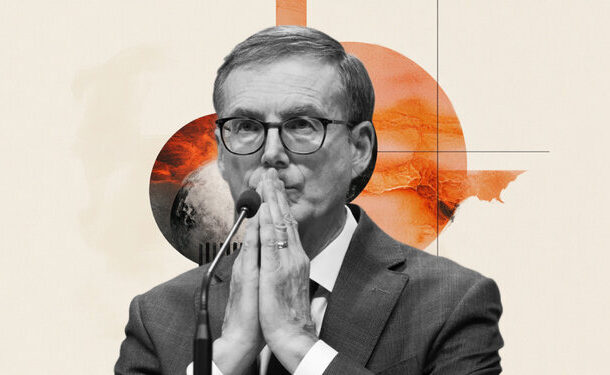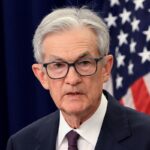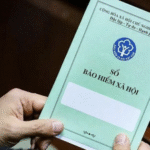
- The US Dollar remains steady at the upper range of the 0.8100s, on track to a 0.7% weekly recovery..
- The SNB cut rates to 0% on Thursday and is likely to introduce negative rates before the end of the year.
- Fed Powell struck a hawkish note on Wednesday and provided support to the US Dollar.
The US Dollar was rejected on Thursday at 0.8715, but downside attempts have remained capped above 0.8450 on Friday, which leaves the pair on track to close the week with a 0.7% advance.
The Swiss Franc lost ground during the week as the market anticipated that the Swiss National Bank would cut rates by 25 basis points on Thursday, bringing its benchmark interest rate to 0%, as it finally was the case.
SNB-Fed monetary divergence may weigh on the CHF
The Swiss Franc trimmed losses on Thursday with traders closing positions in a clear “buy the rumour, sell the news” case, but downside attempts have remained limited. Market sources suggest that the Swiss will be the first major central bank to introduce negative rates, pressured by a deflationary economy, which is likely to act as a headwind for the CHF.
The Federal Reserve, on the other hand, delivered a substantially more hawkish message, which has provided additional support to the US Dollar.
The Fed kept its benchmark rates on Wednesday and maintained its projections of two rate cuts in 2025, but Chairman Powell dismissed those estimations, citing higher inflationary pressures stemming from Trump’s tariffs and cast doubt about the September rate hike investors were hoping for.
Central banks FAQs
Central Banks have a key mandate which is making sure that there is price stability in a country or region. Economies are constantly facing inflation or deflation when prices for certain goods and services are fluctuating. Constant rising prices for the same goods means inflation, constant lowered prices for the same goods means deflation. It is the task of the central bank to keep the demand in line by tweaking its policy rate. For the biggest central banks like the US Federal Reserve (Fed), the European Central Bank (ECB) or the Bank of England (BoE), the mandate is to keep inflation close to 2%.
A central bank has one important tool at its disposal to get inflation higher or lower, and that is by tweaking its benchmark policy rate, commonly known as interest rate. On pre-communicated moments, the central bank will issue a statement with its policy rate and provide additional reasoning on why it is either remaining or changing (cutting or hiking) it. Local banks will adjust their savings and lending rates accordingly, which in turn will make it either harder or easier for people to earn on their savings or for companies to take out loans and make investments in their businesses. When the central bank hikes interest rates substantially, this is called monetary tightening. When it is cutting its benchmark rate, it is called monetary easing.
A central bank is often politically independent. Members of the central bank policy board are passing through a series of panels and hearings before being appointed to a policy board seat. Each member in that board often has a certain conviction on how the central bank should control inflation and the subsequent monetary policy. Members that want a very loose monetary policy, with low rates and cheap lending, to boost the economy substantially while being content to see inflation slightly above 2%, are called ‘doves’. Members that rather want to see higher rates to reward savings and want to keep a lit on inflation at all time are called ‘hawks’ and will not rest until inflation is at or just below 2%.
Normally, there is a chairman or president who leads each meeting, needs to create a consensus between the hawks or doves and has his or her final say when it would come down to a vote split to avoid a 50-50 tie on whether the current policy should be adjusted. The chairman will deliver speeches which often can be followed live, where the current monetary stance and outlook is being communicated. A central bank will try to push forward its monetary policy without triggering violent swings in rates, equities, or its currency. All members of the central bank will channel their stance toward the markets in advance of a policy meeting event. A few days before a policy meeting takes place until the new policy has been communicated, members are forbidden to talk publicly. This is called the blackout period.
Information on these pages contains forward-looking statements that involve risks and uncertainties. Markets and instruments profiled on this page are for informational purposes only and should not in any way come across as a recommendation to buy or sell in these assets. You should do your own thorough research before making any investment decisions. FXStreet does not in any way guarantee that this information is free from mistakes, errors, or material misstatements. It also does not guarantee that this information is of a timely nature. Investing in Open Markets involves a great deal of risk, including the loss of all or a portion of your investment, as well as emotional distress. All risks, losses and costs associated with investing, including total loss of principal, are your responsibility. The views and opinions expressed in this article are those of the authors and do not necessarily reflect the official policy or position of FXStreet nor its advertisers. The author will not be held responsible for information that is found at the end of links posted on this page.
If not otherwise explicitly mentioned in the body of the article, at the time of writing, the author has no position in any stock mentioned in this article and no business relationship with any company mentioned. The author has not received compensation for writing this article, other than from FXStreet.
FXStreet and the author do not provide personalized recommendations. The author makes no representations as to the accuracy, completeness, or suitability of this information. FXStreet and the author will not be liable for any errors, omissions or any losses, injuries or damages arising from this information and its display or use. Errors and omissions excepted.
The author and FXStreet are not registered investment advisors and nothing in this article is intended to be investment advice.
Editors’ Picks
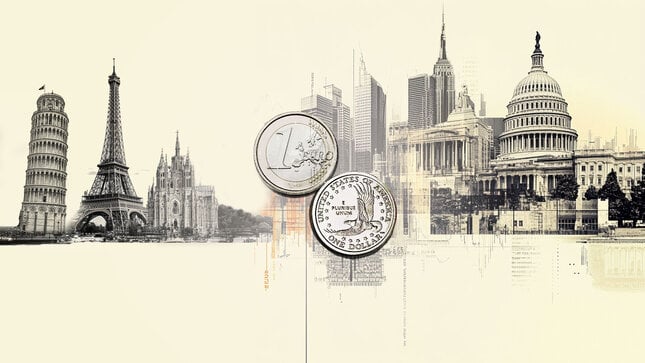
EUR/USD struggles to retain 1.1500 as USD gains traction
EUR/USD hovers around the 1.1500 level in the American session on Friday. The US Dollar surges despite dovish comments from Fed Governor Waller, supporting a rate cut as soon as July. The mood sours as investors weigh Middle East developments.

GBP/USD dives below 1.3500 after weak UK data, resurgent USD
GBP/USD turned red for the day and approaches the 1.3450 area as the week comes to an end. Earlier in the day, the UK reported weak Retail Sales figures, although the ongoing slump seems related to renewed risk aversion fueling safe-haven US Dollar demand.
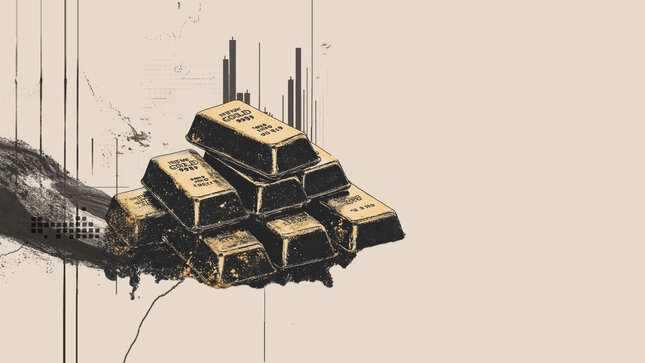
Gold surges above $3,3360 as fears kick in
Gold gathers near-term momentum and trades near $3,370 ahead of the weekly close, as risk sentiment took a turn to the south. Following a positive start, Wall Street turned south. Middle East tensions and massive back-and-forth missile exchanges between Iran and Israel seem to be behind the ongoing run to safety.

The Best brokers to trade EUR/USD
SPONSORED Discover the top brokers for trading EUR/USD in 2025. Our list features brokers with competitive spreads, fast execution, and powerful platforms. Whether you’re a beginner or an expert, find the right partner to navigate the dynamic Forex market.

